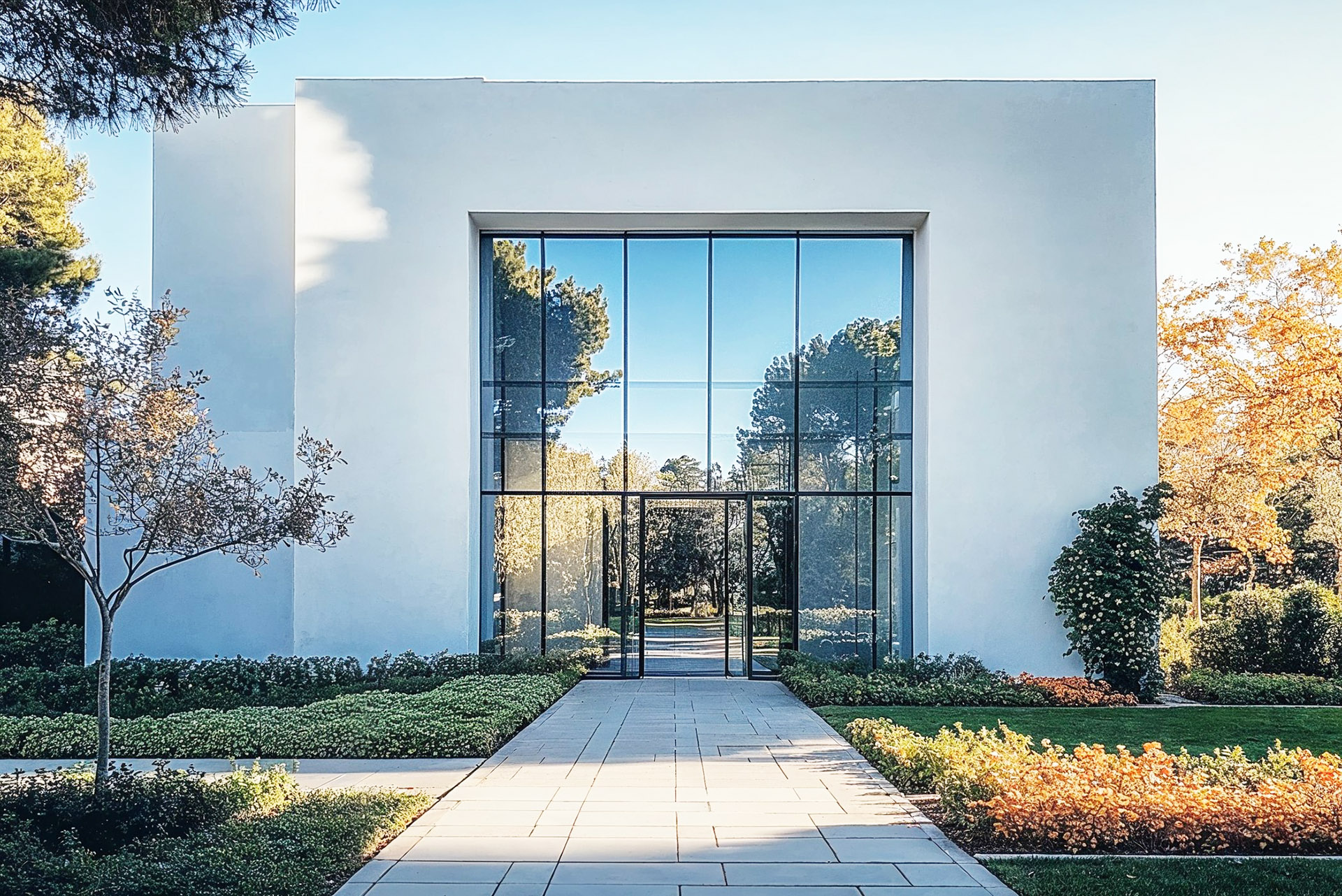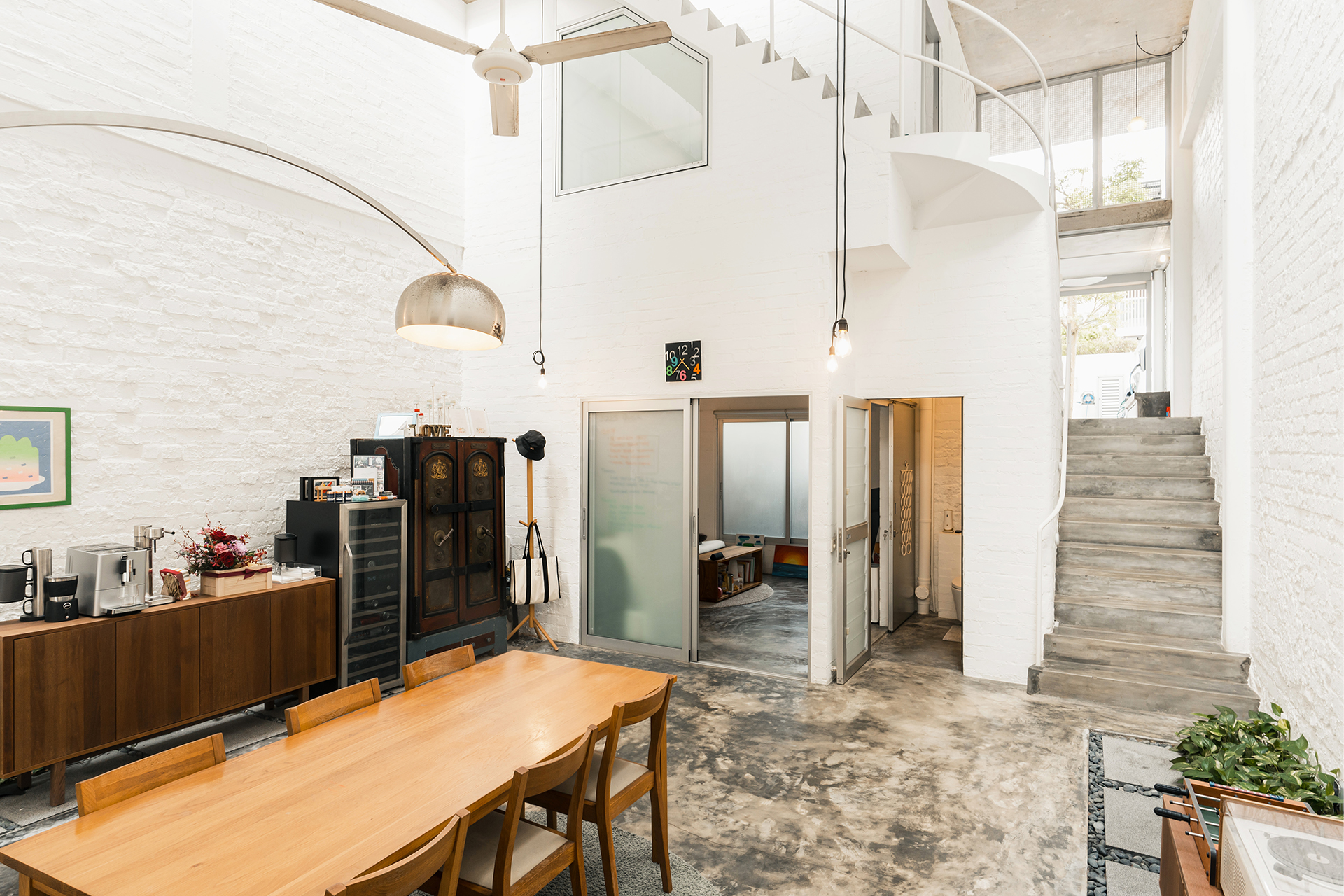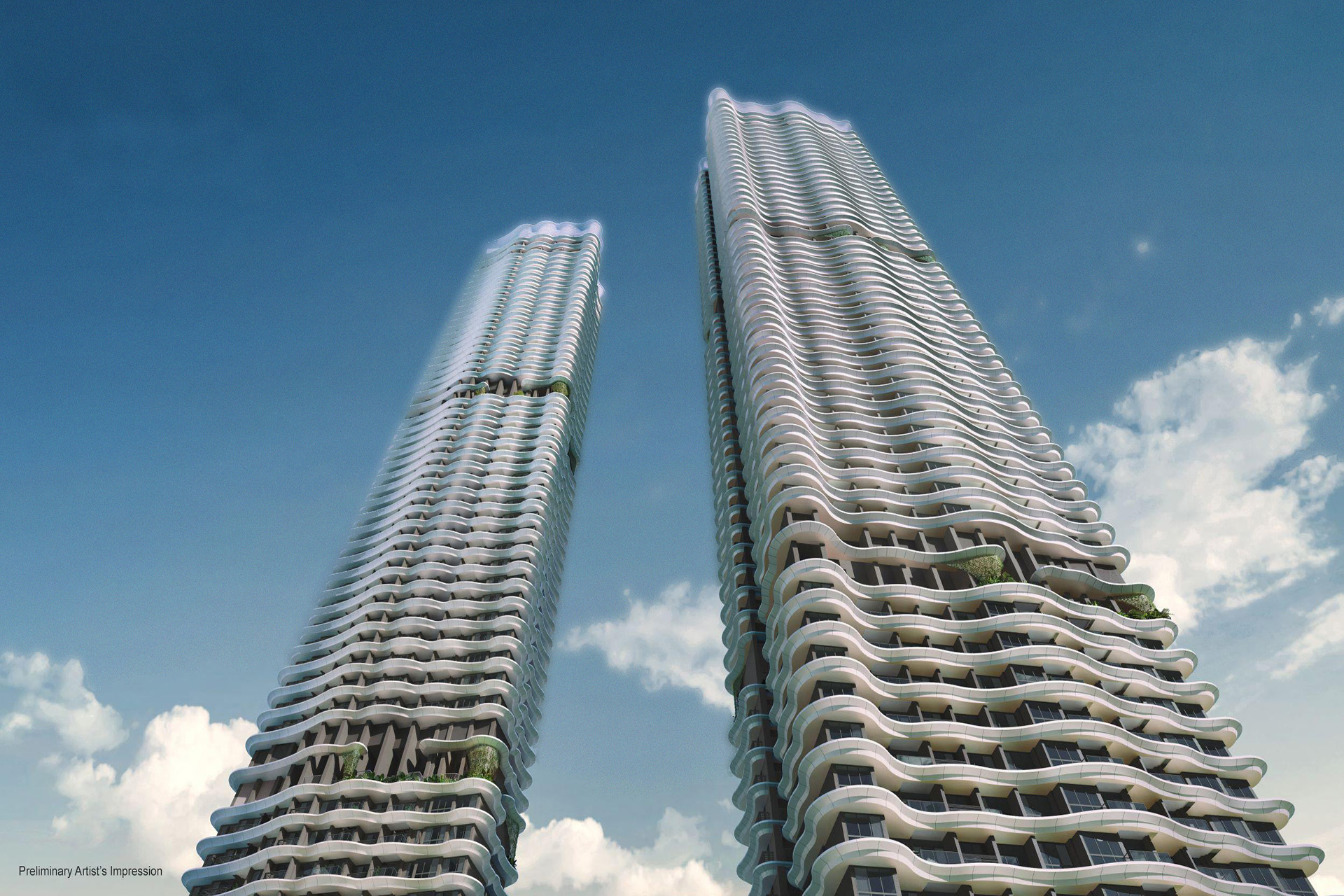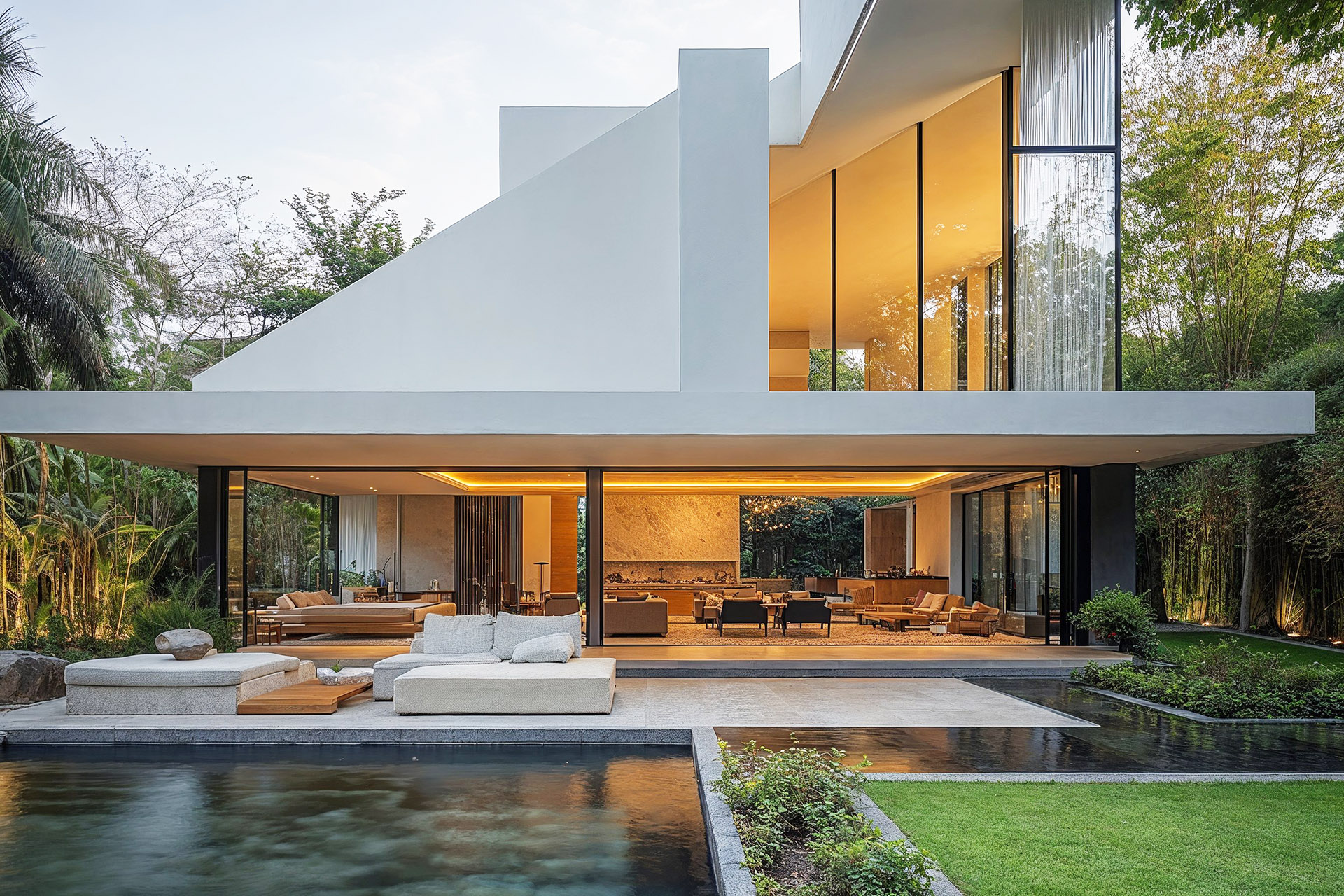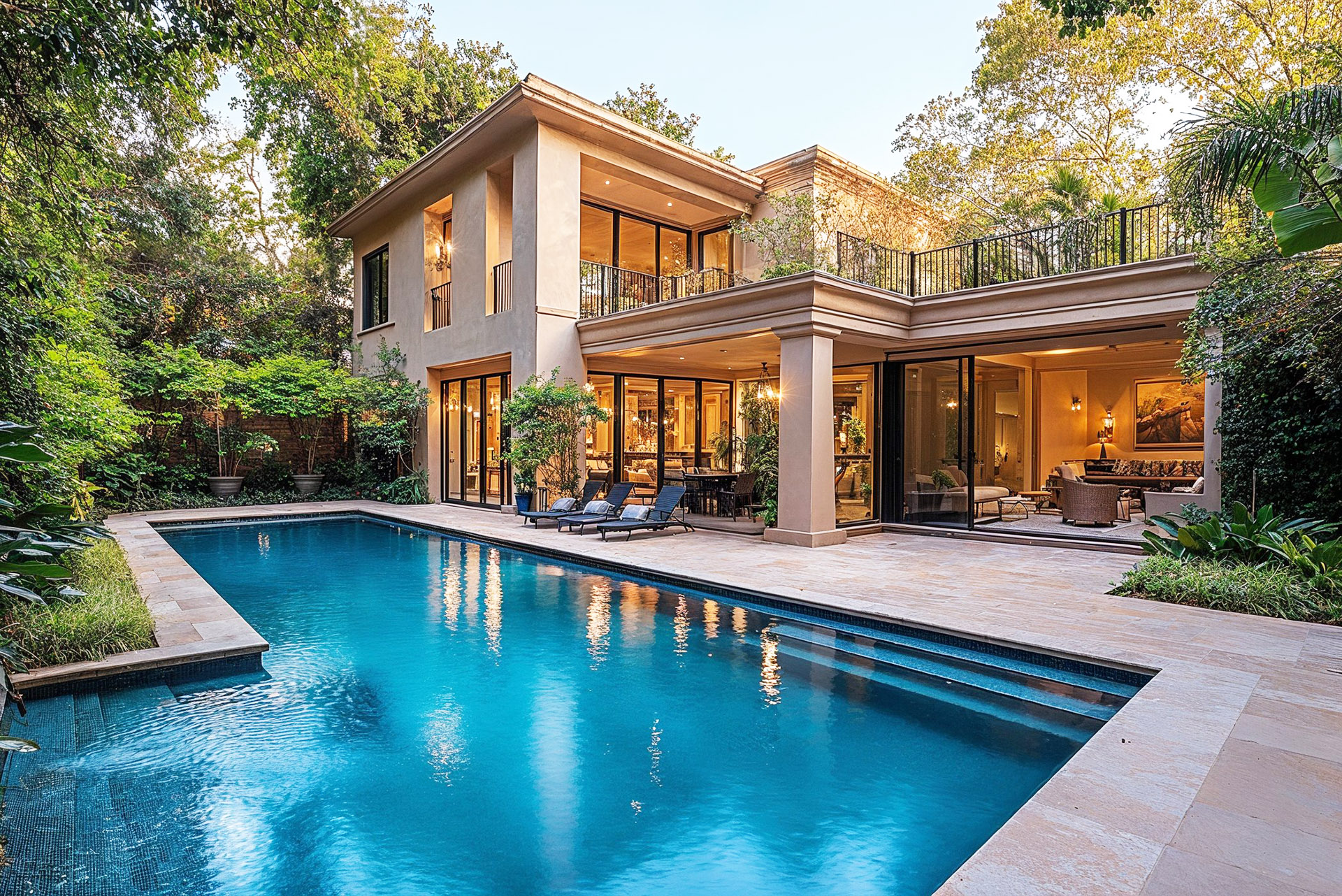|
Getting your Trinity Audio player ready...
|
Understanding Good Class Bungalows
Good Class Bungalows (GCBs) represent the ultimate luxury in Singapore’s property market, and it is their exclusivity that sets them apart. These properties represent the pinnacle of prestigious landed housing properties in Singapore, with unique characteristics and limited availability, making them highly coveted by those seeking the finest in residential living.
What is a Good Class Bungalow exactly? The definition of a Good Class Bungalow is that it must feature a minimum land area requirement of 1,400 square metres and a maximum height restriction of two storeys. These constraints ensure that GCBs maintain a low-rise character and ample greenery, contributing to their beauty and appeal. Their limited supply enhances their exclusivity, making them a rare and valuable asset in the property market.
Good Class Bungalows in Singapore hold significant architectural heritage and value too. They are situated in specially conserved areas to maintain their rarity and environmental quality. Owning a GCB offers a unique blend of historical significance and modern luxury, making it a prestigious experience for any real estate owner.
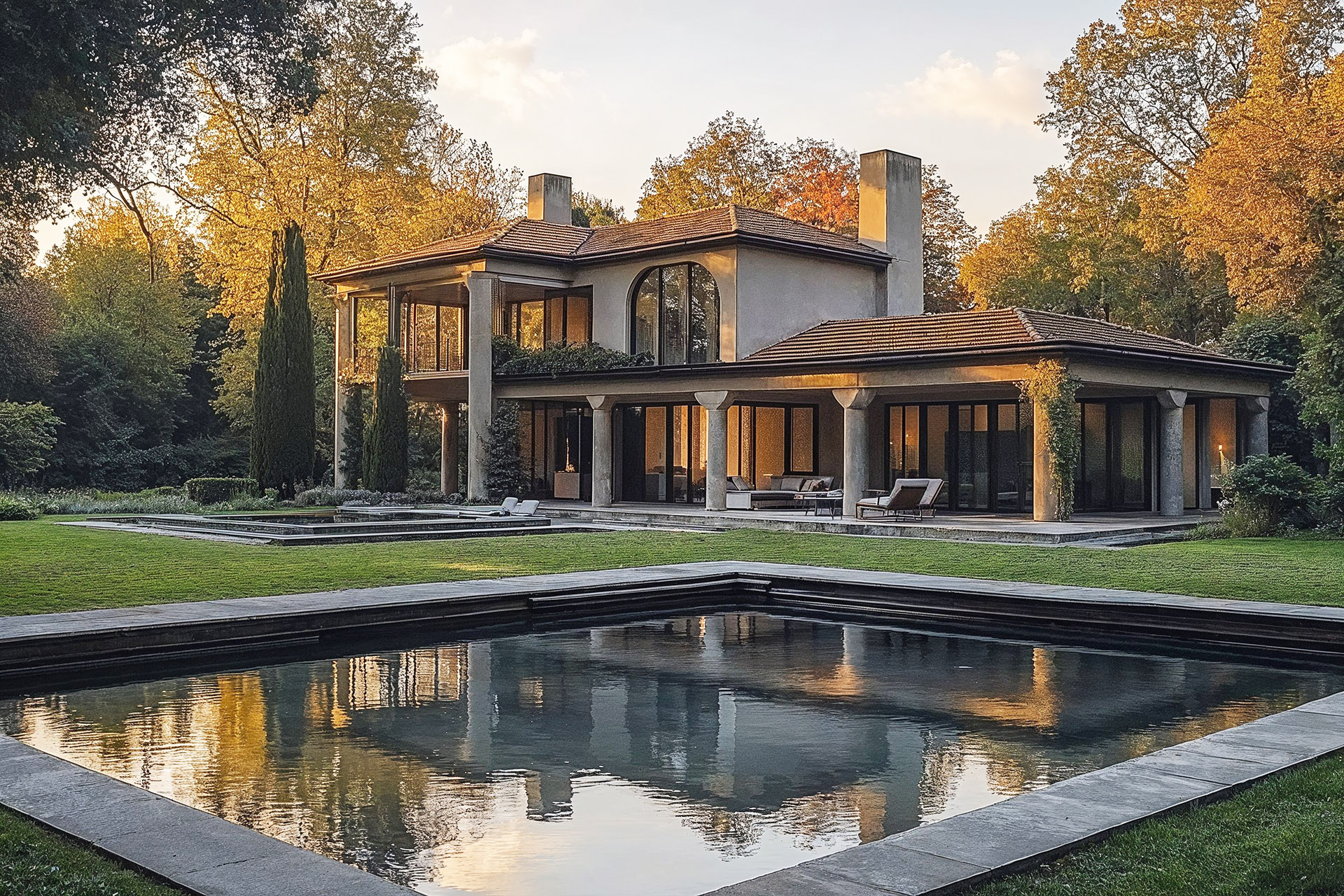
Key Locations for Good Class Bungalows in Singapore
Singapore boasts approximately 39 areas gazetted as Good Class Bungalow Areas (GCBAs), each protected to ensure their environmental quality and exclusivity. These prime residential districts are home to some of the most sought-after bungalow estates in the city-state, making them highly desirable for discerning buyers.
District 10 features notable locations like Belmont Park and Bin Tong Park, which are renowned for their upscale residential properties. Also in District 10 is the highly sought-after Nassim Road, with many high-value GCBs, often owned by ultra-wealthy individuals. These areas offer a serene environment with ample greenery, perfect for those seeking tranquillity amidst luxury.
Prominent GCB areas in District 11 include Bukit Tunggal and Camden Park. Locations like Windsor Park in District 20 and Chestnut Avenue in District 23 also host prestigious GCBs. Strategically located near essential amenities, these areas appeal to potential buyers.
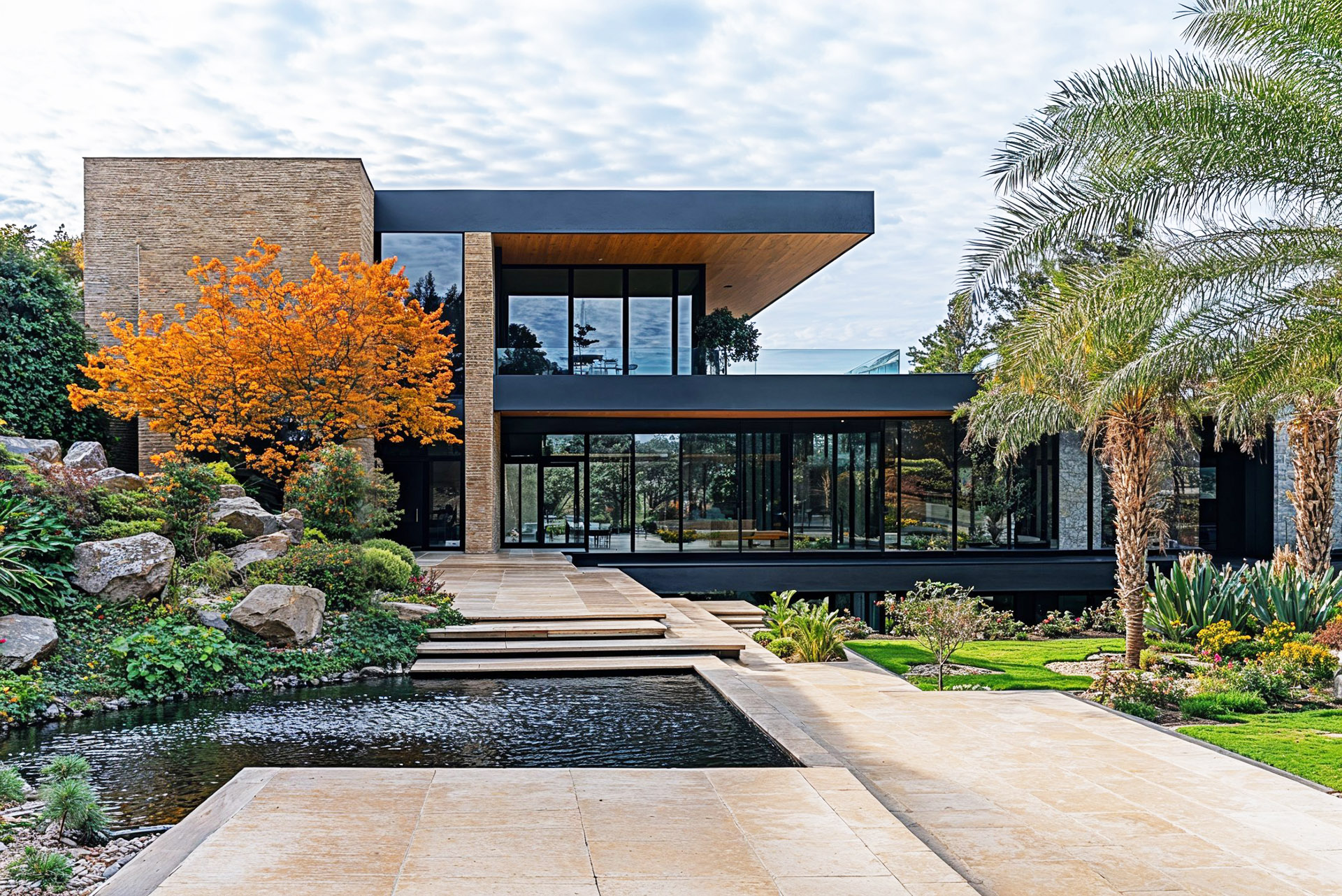
Planning Constraints and Requirements
Stringent planning constraints imposed by the Urban Redevelopment Authority (URA) preserve the exclusivity of Good Class Bungalows. The aforementioned minimum land area of 1,400 square meters for a Good Class Bungalow’s size is just one part of the picture. GCBs must also comply with site coverage regulations, which restrict the coverage to a maximum of 40% of the plot area. This ensures that a significant portion of the land remains open and green, enhancing the area’s aesthetic appeal. The maximum height is limited to two storeys, preserving the low-rise neighbourhood character and preventing any building from blocking the skyline or view of other residents.
These regulations collectively maintain the exclusivity and low-density character of GCB areas, reinforcing their prestigious status.
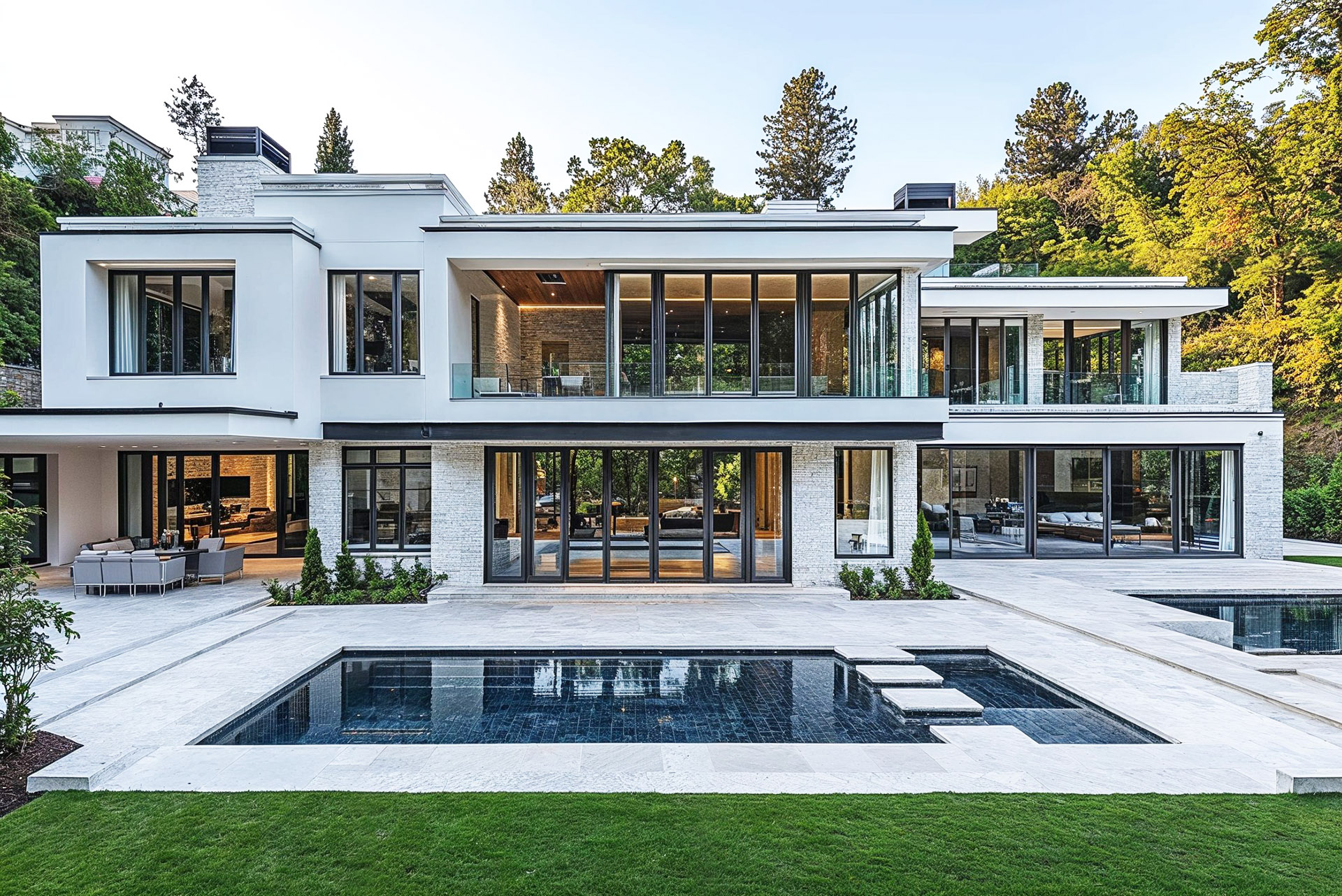
Ownership Eligibility
Owning a Good Class Bungalow in Singapore is primarily a privilege reserved for Singapore citizens. This exclusivity keeps GCBs highly coveted and maintains their high status. Only about 1,000 Singaporeans own the majority of GCBs, reflecting their value and prestige.
Permanent Residents can also own GCBs but must purchase one under the Global Investor Programme (GIP), seeking approval from the Singapore Land Authority (SLA). This process maintains the exclusivity of GCB ownership, even for non-citizens.
Foreigners can own a GCB with special government approval. Typically, those who make significant economic contributions to Singapore are granted this.
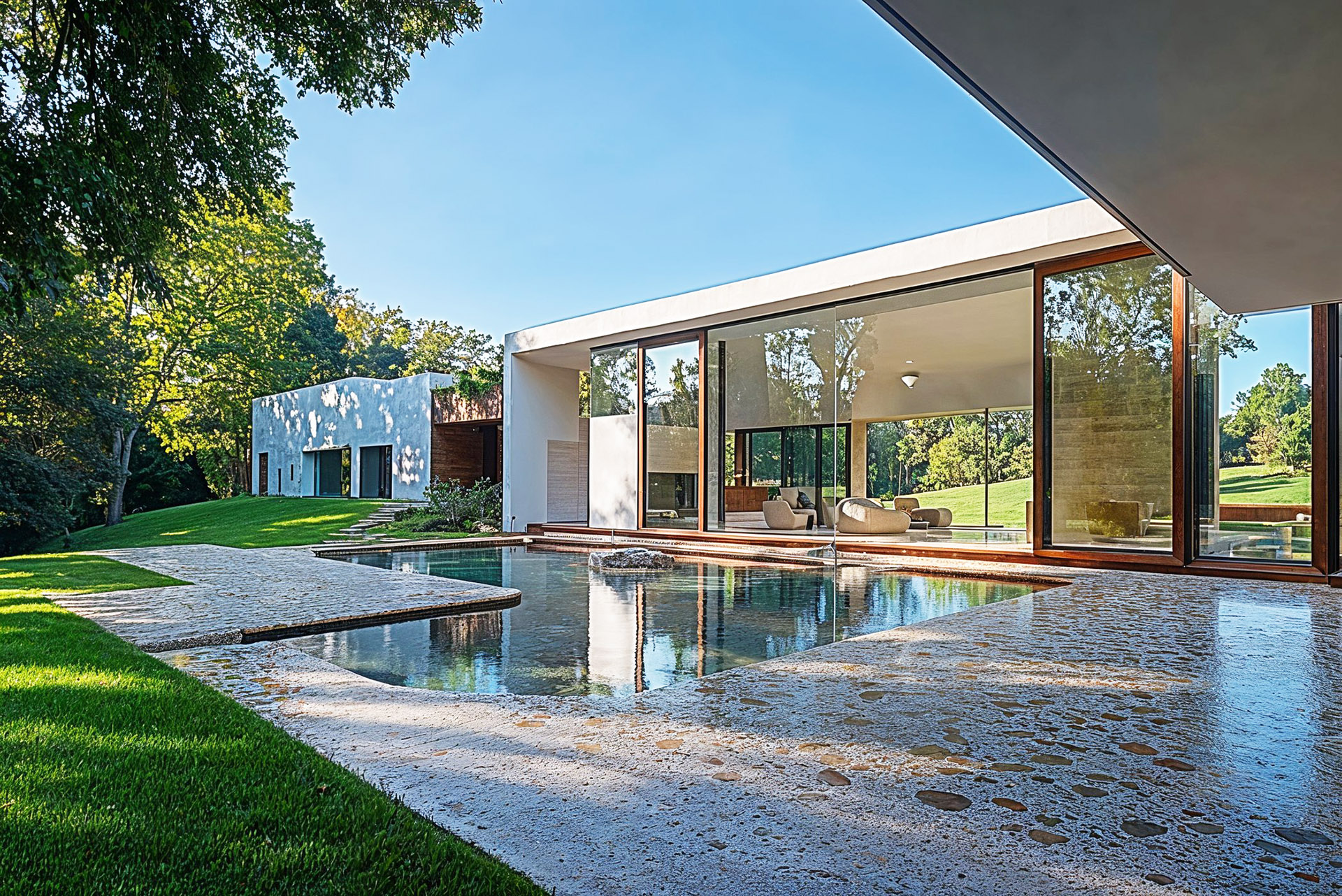
The Cost of Owning a GCB
Owning a Good Class Bungalow in Singapore is extremely costly, with prices starting at around $8 million and reaching upwards of $100 million. Naturally, these highly coveted properties have a limited supply and an astronomically high demand.
Recent data from the first half of 2024 shows the total GCB transactions reaching approximately $1.1 billion, with notable sales like Nassim Road fetching $230 million. In the first nine months of 2024, the total sales value of GCB transactions was $827 million across 17 transactions. These figures highlight the significant investment required and the strong market demand for GCBs.
High demand from ultra-wealthy buyers makes it unlikely that GCBs will be sold far below market value. Holland Road and Bukit Timah command the highest prices, reflecting their prestige and desirability.
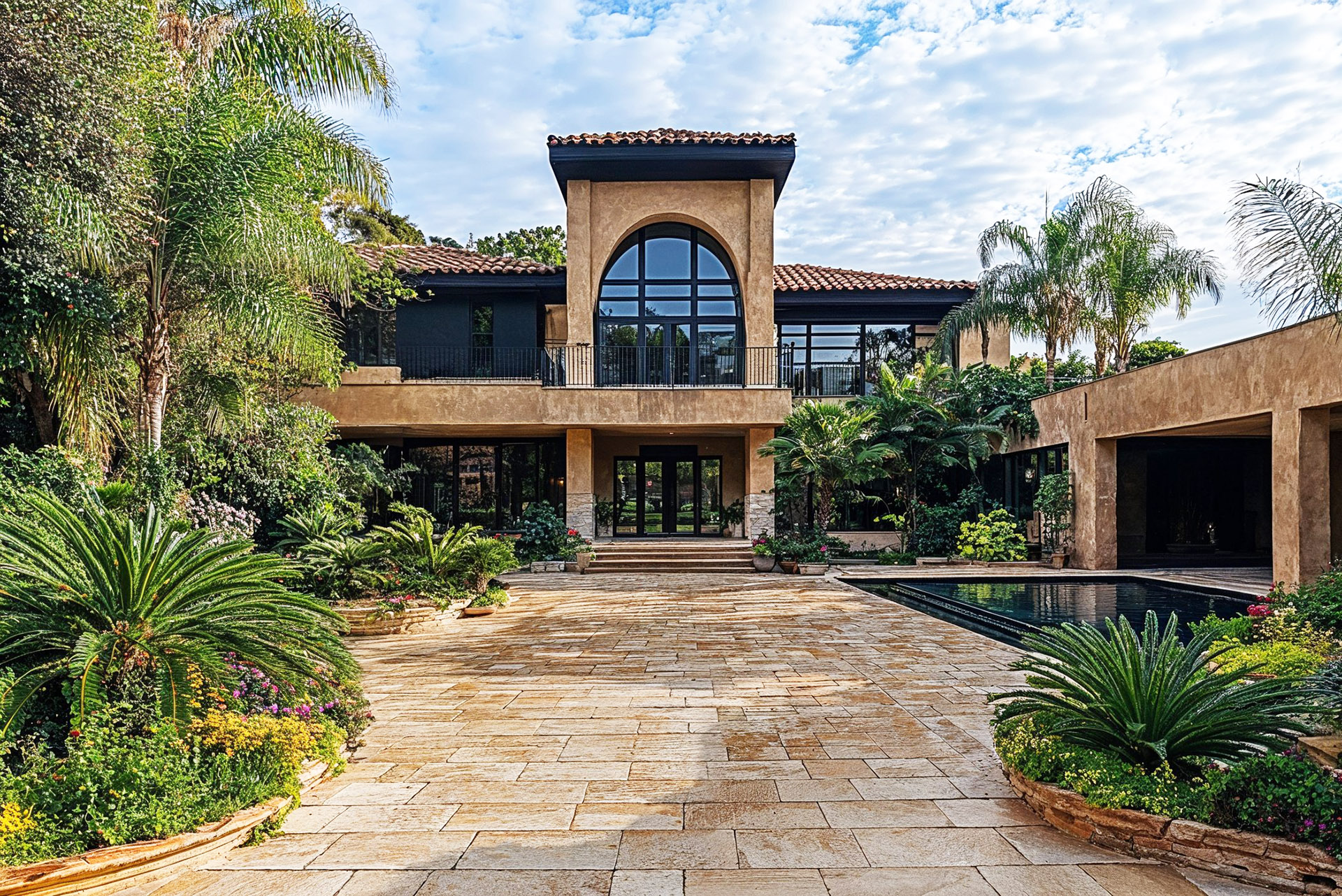
Frequently Asked Questions About Good Class Bungalows
What are Good Class Bungalows (GCBs)?
GCBs are Singapore’s most premium form of landed property, located in gazetted areas with strict planning controls to ensure exclusivity and greenery.
Where are GCBs located?
These properties are mainly in Districts 10 and 11, with clusters in Nassim, Ridley Park, Leedon Park, Queen Astrid Park and more. There are also GCBs in District 20 and 23.
How many GCBs are there in Singapore?
There are only about 2,800 GCBs in Singapore, making them one of the country’s rarest and most exclusive property types.
Who can buy a GCB?
Singapore Citizens are eligible. Permanent Residents may apply under certain conditions. Foreigners need special government approval.
What is the minimum size of a GCB?
1,400 square meters of land.
Are GCBs a good investment?
Yes. Limited supply, consistent demand and prestige value within a stable and growing economy make them a substantial long-term asset.
What is the price range of a GCB?
The cost varies depending on location, size and design, ranging from around S$8 million to over S$100 million.
Can I rebuild or redevelop a GCB?
Yes, but within URA guidelines. To preserve GCB character, redevelopment must comply with site coverage, height limits, and a green buffer.
Are GCBs subject to property cooling measures?
Yes. Depending on the buyer’s residency status, GCBs are subject to Additional Buyer’s Stamp Duty (ABSD) and other cooling measures.
Do GCBs have heritage restrictions?
Some GCBs, especially black-and-white bungalows, may have conservation or heritage guidelines restricting renovations or structural changes.
Can GCBs be rented out?
Many GCB owners lease their properties, especially to diplomats and corporate executives. Due to the luxury nature of GCBs, rental yields vary but are generally lower than those of mass-market condos.
